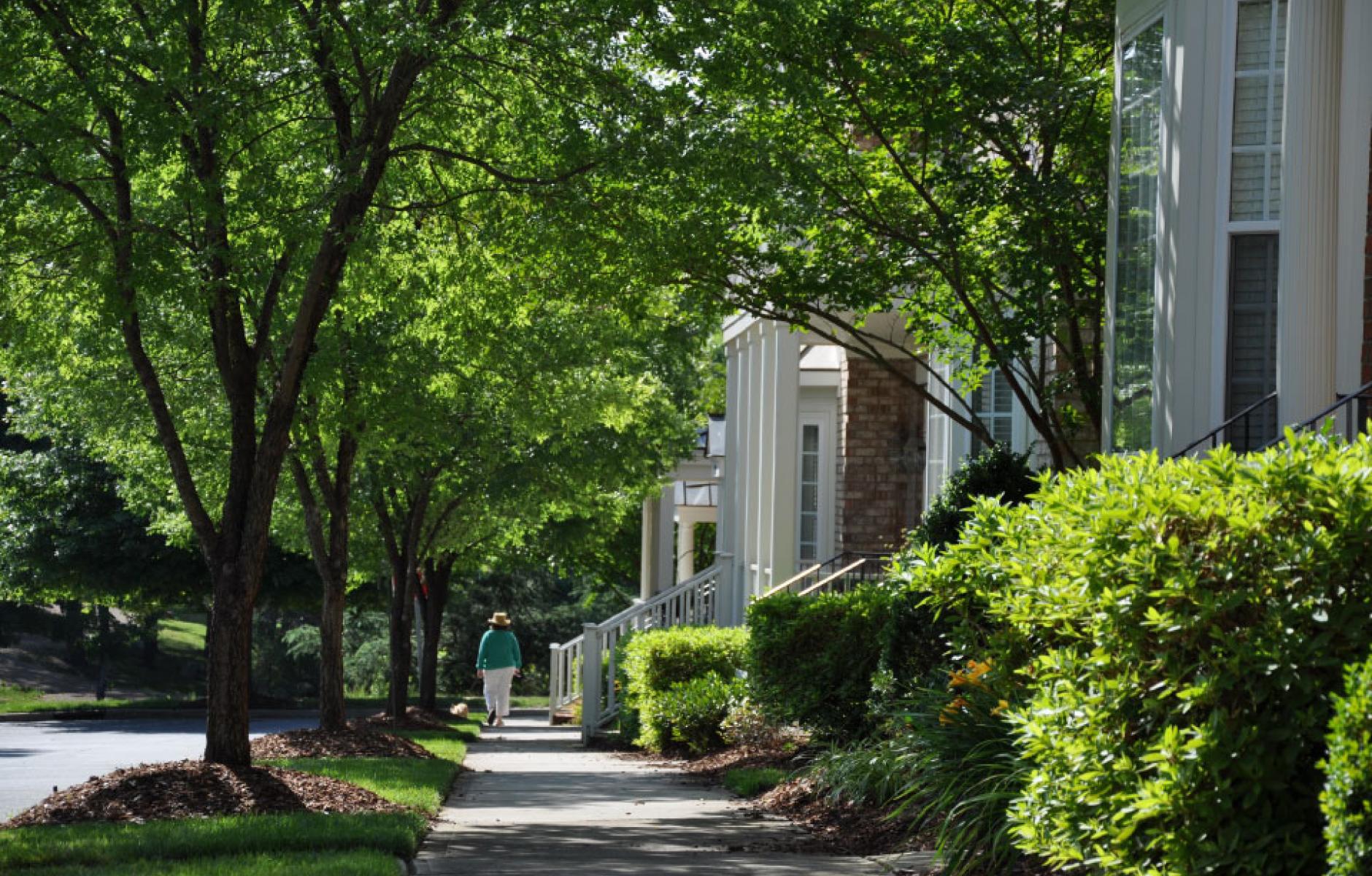
The life-saving benefits of street trees
The planting of street trees may be more beneficial than previously thought. Street trees have long been connected to many positive outcomes—from reducing urban heat islands, to improving traffic safety, to cutting air pollution and raising property values—but researchers at the Portland Forestry Science Lab of the US Forest Service have now discovered a direct, statistical connection between planting street trees and lower mortality.
Street trees, in other words, may save lives.
The study is called “The association between tree planting and mortality: A natural experiment and cost-benefit analysis.” To be sure, association is correlation, and correlation is not causation. And yet the study controlled for such factors as race, education, income, age, and year of planting in the analysis of tree plantings and people in Portland, Oregon, census tracts. Importantly, researchers were able to control for demographic causes for the health benefits, which strengthens the case for street trees being a critical factor.
“The lack of correlation between tree planting and the demographic composition of a tract makes it less likely that models are subject to residual confounding by demographic determinants of mortality,” the authors note. “This lack of correlation is important, as it means that it is unlikely that healthy people are choosing to move to neighborhoods in which more trees had been planted (self-selection bias).”
The study gathered data from the nonprofit Friends of Trees, which planted nearly 50,000 trees over three decades. “We used a natural experiment to assess the impact of 30 years of tree planting … on non-accidental, cardiovascular, lower-respiratory, and accidental mortality in Portland, Oregon (mortality data were provided by the Oregon Health Authority),” the authors explained. The planting of trees started out slowly, and built up over time. The majority were planted between 2010 and 2019. Trees were planted in many neighborhoods, but location was slightly correlated with lower socio-economic, and African American, neighborhoods due to the preference of the nonprofit.
Some key findings:
- Tree plantings were significantly associated with reductions in non-accidental and cardiovascular mortality. Specifically, planting 11.7 trees in each tract (the mean annual number of trees planted in a tract) was associated with 15.6 fewer non-accidental deaths per year and 5 fewer deaths from cardiovascular disease per year.
- Older, larger trees were more connected to reduced human mortality than saplings. “As trees aged and grew, the magnitude of the association between tree planting and mortality increased,” the authors explain.
- The authors found no association between tree plantings and accidental death. “While not definitive, it is encouraging that tree planting was not associated with a cause of death it could not plausibly influence,” they note. (I think this finding is important, because it disputes the persistent fear among traffic engineers that street trees are hazardous objects that cars may crash into. On the contrary, studies have long shown that street trees calm traffic.)
- The economic benefits of reduced death outweigh the costs of tree planting by a huge margin.
The authors explained the reason behind studying street trees in particular:
“We focused on street trees for three reasons. First, compared to trees planted in private gardens, street trees are a uniquely visible type of tree that, a priori, we would expect to have a broader neighborhood-level impact on health. Second, in Portland, planting a street tree requires a permit, so we know how many trees were planted (in contrast, planting a tree on private property does not require a permit). Third, street trees can be planted by government agencies and non-profits, so they are more relevant from a public-policy perspective.”
The study also explained how the nonprofit group came to plant so many trees, and the characteristics of the neighborhoods where the plantings took place. “Friends of Trees plants trees in two main ways. First, they organize neighborhood-level tree planting events: the residents of a neighborhood get together on a single day and collectively plant trees. These planting events are focused on underserved neighborhoods that have few trees. Friends of Trees will also provide trees to individual residents who request them. These requests are more likely to come from residents of more affluent neighborhoods with above average tree canopy. The combined effect of these two mechanisms is that trees planted by Friends of Trees are uncorrelated with existing tree canopy cover.”
The study takes into account small changes in exposure to urban nature compared to other studies that rely on the normalized difference vegetative index (NDVI), researchers explain. The NDVI studies lack longitudinal variation and do not take into account such fine grain changes as the planting of a single tree.




